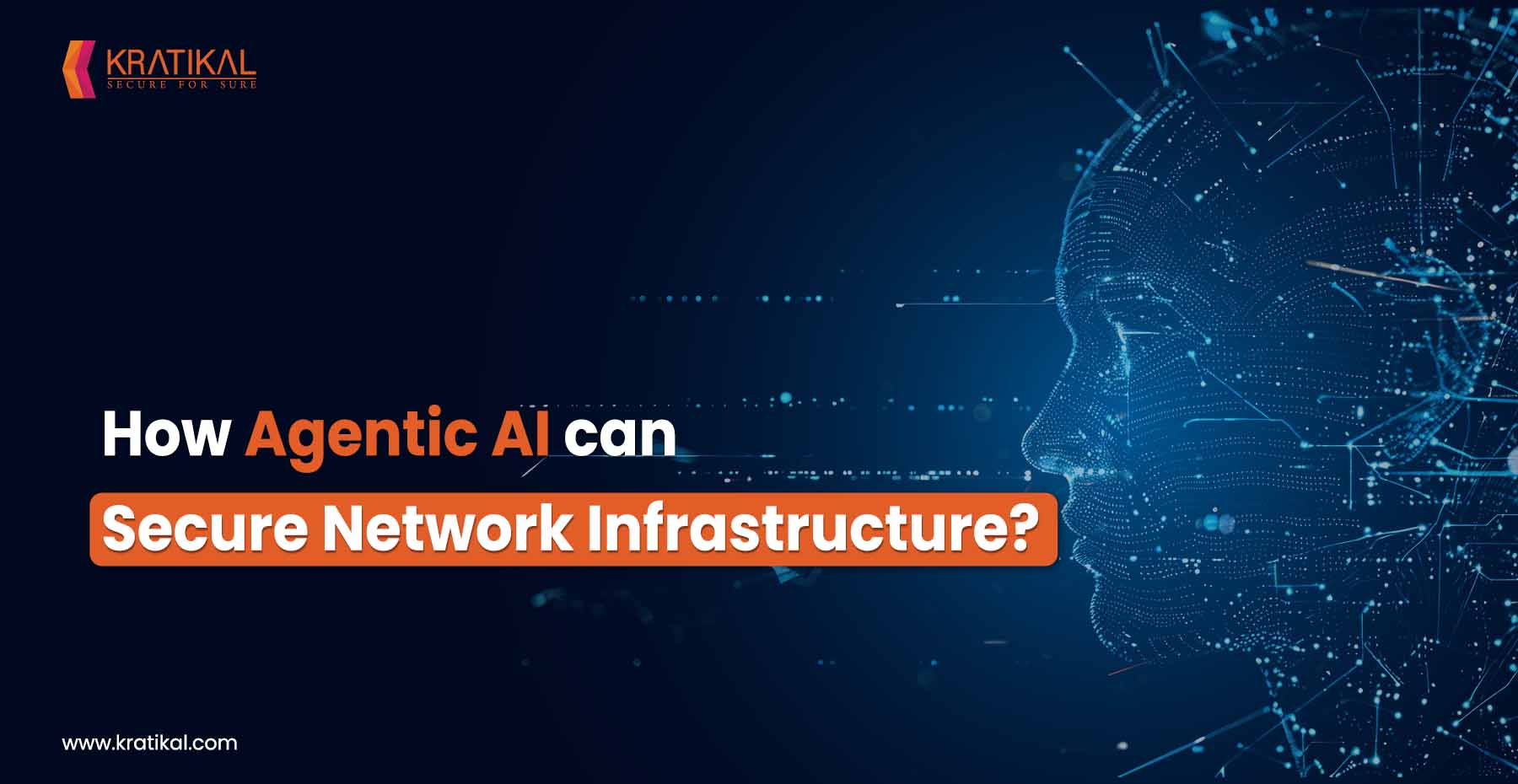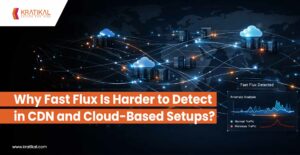We’ve officially entered the era of agentic AI—where systems do more than just follow instructions. These AI agents can now act autonomously, make decisions, execute tasks, and learn continuously from their interactions within digital environments.
In the context of network infrastructure and penetration testing, agentic AI marks a major leap forward. Instead of waiting for threats to emerge, AI agents proactively monitor, detect, and respond to vulnerabilities in real time. They automate network diagnostics, identify weak points, simulate cyberattacks, and recommend or even implement security fixes—reducing response times and human error.
This evolution shifts network security from reactive defense to intelligent, self-correcting protection. Agentic AI enhances traffic optimization, minimizes downtime, and ensures ongoing vulnerability assessments—making it a critical asset for modern AI-driven pentesting tools.
Table of Contents
Agentic AI in Network and Security
This goes far beyond chatbots or co-pilot-style interfaces. While conversational assistants are a popular use case, the real power of agentic AI lies in its ability to work behind the scenes—embedded within network infrastructure and security systems. Integrated directly into AI-driven pentesting and VMDR tool like AutoSecT, agentic AI can autonomously optimize network performance, detect threats in real time, and suggest or enforce security policies without constant human input.
By embedding intelligent agents within network and security operations, organizations gain continuous protection and performance tuning—without sacrificing visibility or control. These systems can align with security objectives, refine their methods over time, and execute complex workflows with speed and accuracy.
In the context of pentesting and VMDR tool agentic AI can proactively identify misconfigurations, launch simulated attacks, analyze response patterns, and prioritize vulnerabilities—all while integrating seamlessly with your broader infrastructure. This results in a smarter, more responsive, and adaptive cybersecurity posture that evolves alongside your digital environment.
Below are some of the features for leveraging agentic AI in network security and vulnerability management.

AI-Powered Password Cracking Agent
Machine learning-enhanced password analysis uses AI to identify weak credentials and common password patterns across an organization’s network. By extracting password hashes from various sources and analyzing them with intelligent pattern recognition, the system detects reused, predictable, or weak passwords. With distributed cracking capabilities, it efficiently assesses password resilience at scale. The solution includes built-in compliance and ethical usage controls to ensure responsible use. Detailed reports provide clear insights into password strength, helping security teams enforce stronger authentication practices and reduce the risk of credential-based attacks.
SIEM Integration
Real-time integration with Security Information and Event Management (SIEM) systems enables centralized monitoring and faster incident response across the organization. By supporting real-time event streaming, the system ensures immediate visibility into potential threats. It offers advanced alert correlation and prioritization to reduce noise and highlight critical incidents. With custom webhook support, the solution can seamlessly connect with existing workflows, while event filtering and aggregation help streamline data for more efficient analysis and response.
SSH Based Authentication and Scanning
Credentialed scanning through SSH authentication allows for deeper system analysis and more accurate vulnerability assessments. By leveraging SSH key and password authentication, the tool can securely access systems for thorough inspections. Integration with credential vaults ensures secure storage and management of sensitive login data, while built-in privilege escalation handling enables access to restricted areas for comprehensive testing. Session management and connection pooling further enhance efficiency by optimizing resource usage during scans.
Get in!
Join our weekly newsletter and stay updated
Active Directory Integration
Seamless integration with Microsoft Active Directory enables robust authentication, authorization, and asset correlation across domain-joined devices. Leveraging LDAP/LDAPS connectivity, the system can discover domain controllers, enumerate user and computer objects, and enforce group-based access control. It also supports single sign-on (SSO), maps domain trust relationships, and provides Group Policy Object (GPO) analysis—ensuring comprehensive visibility and secure management of enterprise environments.
Increasing Need for Unified Solutions
The demand for integrated cybersecurity and networking solutions is rapidly increasing, with many organizations recognizing this convergence as critical to building resilient network infrastructure. In this evolving landscape, agentic AI brings a distinct advantage by combining machine learning with autonomous decision-making—enabling digital agents to adapt in real time, maintain secure operations, and optimize network performance proactively.
This evolution from static, manual tools to intelligent, self-improving agents is transforming how businesses approach network security. When embedded within AI-driven pentesting and VMDR tools like AutoSecT, agentic AI empowers continuous threat detection, vulnerability management, and faster response times. Early adoption of such advanced technologies positions organizations to stay ahead with smarter infrastructure protection, improved reliability, and a more adaptive security posture.
Book Your Free Cybersecurity Consultation Today!
Future of AI-Driven Networking and Security
As AI-driven technologies continue to advance, organizations that embed AI into their security and networking operations will be far better positioned to navigate the complexities of today’s enterprise environments. This integration not only enhances operational efficiency but also provides stronger protection against ever-evolving cyber threats.
Looking to the future, the role of agentic AI in networking and cybersecurity is set to grow significantly. Emerging capabilities may include autonomous threat hunting, self-healing networks that automatically detect and resolve issues, and intelligent compliance systems that adaptively enforce regulatory standards. Additionally, AI-powered multi-cloud orchestration could streamline workload distribution and tighten security across hybrid infrastructures. These developments are just the beginning—AI’s evolution promises to unlock even greater resilience and agility in enterprise security and network management.
Conclusion
Agentic AI is redefining the future of network infrastructure security by enabling autonomous, intelligent operations that proactively detect, respond to, and prevent threats in real time. When integrated into AI-driven VMDR and pentesting platforms like AutoSecT, it delivers continuous protection, efficient vulnerability management, and adaptive performance optimization—without sacrificing control or visibility. As organizations face increasingly complex cyber challenges, adopting agentic AI offers a strategic advantage, transforming static defenses into dynamic, self-improving security systems that evolve with the threat landscape.
FAQs
- What is agentic AI security?
Agentic AI enhances cybersecurity by autonomously detecting and responding to threats in real time. It continuously monitors network traffic, analyzes user behavior, and identifies anomalies that could signal potential malicious activity.
- How is AI used in network security?
AI is transforming cybersecurity by enhancing threat detection, automating response mechanisms, and improving vulnerability management. Through behavior analysis, phishing detection, and adaptability to emerging threats, AI empowers proactive defense strategies and helps protect critical data more effectively.
- What is the role of AI in network security?
AI in cybersecurity enhances threat intelligence by empowering security teams to:
Identify patterns and traits of cyberattacks
Strengthen existing defense mechanisms
Analyze biometric and behavioral data—like fingerprints, typing rhythms, and voice patterns—for user authentication









Leave a comment
Your email address will not be published. Required fields are marked *